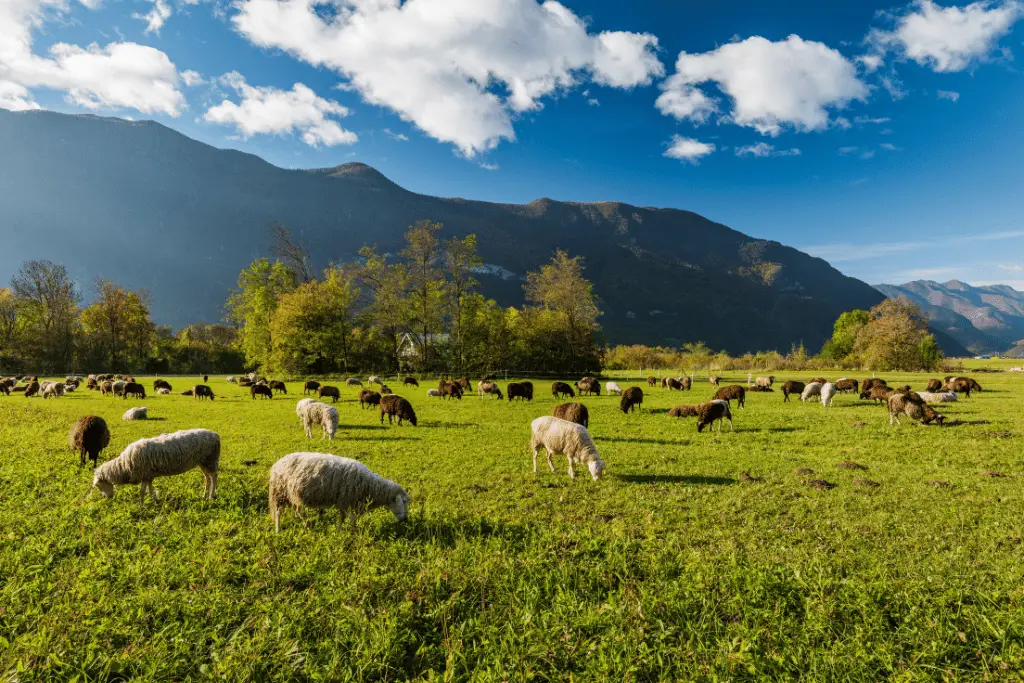
In any pasture, a silent skirmish plays out between the envisioned lush greenery and persistent intruders – weeds. Not just an eyesore, they threaten pasture vitality and animal well-being. Today, we explore the key question: when is the best time to spray pastures for weeds?
Weeds, those opportunistic challengers, have their playbook. From germination to reproduction, each stage poses unique challenges. Timing becomes the linchpin for sustainable pasture management. Join us as we delve into the dance of weed growth, understanding the rhythm governing their presence.
Pastures host various invaders, from spiky thistles to resilient crabgrass. Knowing your weed cast is crucial, like identifying players in an ecological drama.
Exploring factors influencing weed growth, we unveil environmental conditions fostering or hindering development. Picture this: you’ve identified weeds, know factors attracting them, but here’s the game-changer – timing.
When is the best time to spray pastures for weeds? That’s our focus as we navigate seasons – spring’s embrace, summer’s vigor, autumn’s harmonies, and winter’s dormancy.
Dive into weather conditions, those conductors of the spraying symphony. Sunshine, rain, wind – vital for weed control success. Meet the star – herbicides. Understanding modes of action, selecting right ones, and adapting ensure a compelling performance.
Weed Growth Cycles: When is the Best Time to Spray Pastures for Weeds
Before we embark on the journey of pinpointing the ideal moments for weed spraying, it’s essential to familiarize ourselves with the intricate dance of the weed growth cycle. Weeds are not just nuisances; they are opportunistic plants with their own set of rules. From germination to reproduction, each stage in their life cycle presents unique challenges for pasture managers. By gaining insights into these growth cycles, we can strategically time our weed control efforts, ensuring a more effective and sustainable approach to pasture management. So, let’s take a closer look at the fascinating world of weed growth and reproduction in our pastures.
Types of Weeds in Pastures:
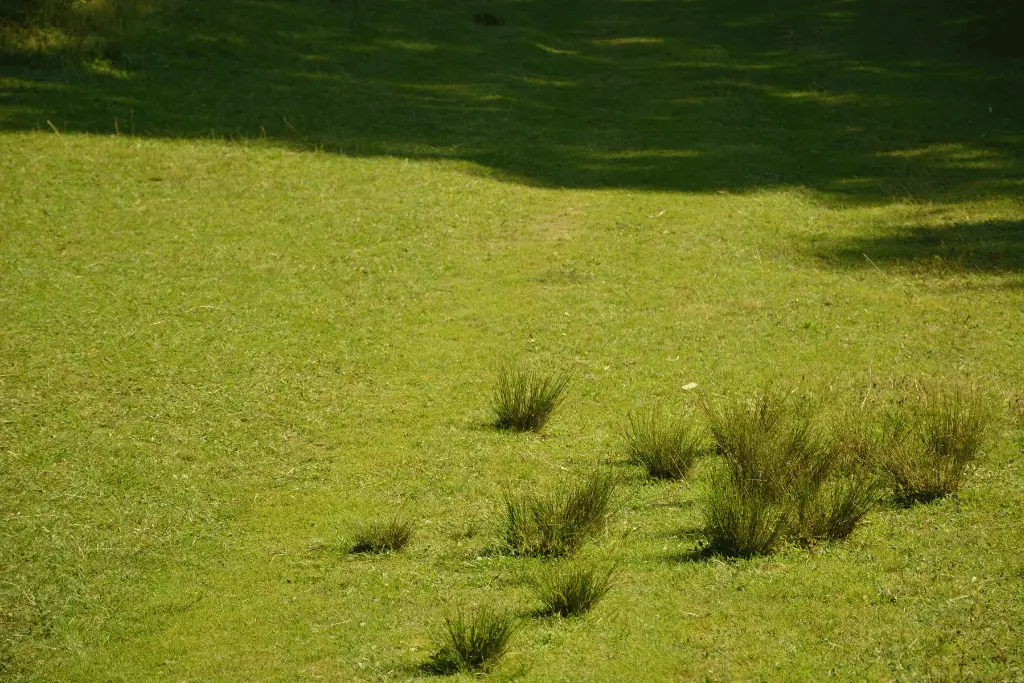
Now that we’re equipped with an understanding of the intricate dance of weed growth, let’s shine a light on the culprits themselves. Pastures host a variety of weeds, each with its own set of characteristics and challenges. Here are a few notorious players you might find lurking in your green spaces:
Thistle: With their spiky leaves and often towering presence, thistles can quickly take over pastures if left unchecked.
Dandelion: Despite their delicate appearance, dandelions are robust and prolific, spreading their seeds with the lightest breeze.
Ragweed: A common allergen for many, ragweed can also be a headache for pasture managers, releasing copious amounts of pollen and dominating open spaces.
Burdock: Known for its clingy burrs, burdock can not only be a nuisance for livestock but also a challenge to eradicate from pastures.
Crabgrass: Opportunistic and resilient, crabgrass can rapidly establish itself in stressed or bare areas of the pasture.
These are just a handful of the many weeds that can disrupt the balance of your pasture ecosystem. Identifying these intruders is the first step towards effective weed management, allowing you to tailor your control strategies to the specific challenges posed by each weed type. In the next sections, we’ll explore how understanding the characteristics of these weeds plays a pivotal role in determining the best times for targeted spraying.
Factors Influencing Weed Growth:
Weeds aren’t just unruly guests in our pastures; they’re opportunists that thrive under specific conditions. To effectively combat them, we need to grasp the factors that fuel their growth. Here’s a rundown of some key influencers:
Soil Conditions: The very foundation of your pasture plays a crucial role. Weeds often exploit nutrient-deficient or compacted soils, areas where desirable grasses struggle to compete.
Moisture Levels: Weeds have a knack for taking advantage of imbalances in moisture. Whether it’s a waterlogged area or a dry spell, understanding how moisture affects weed growth is pivotal.
Sunlight Exposure: Just like any other plant, weeds crave sunlight. They can outcompete desirable plants in areas where sunlight is abundant, quickly establishing dominance.
Temperature Fluctuations: Weeds, being the hardy organisms they are, can adapt to a range of temperatures. Knowing the temperature preferences of prevalent weed species can guide your control efforts.
pH Levels: Soil acidity or alkalinity can either hinder or encourage weed growth. Some weeds thrive in acidic soils, while others prefer alkaline conditions.
As we navigate the battle against weeds, recognizing these factors allows us to anticipate where and when they might strike with more intensity. By addressing these underlying conditions, we set the stage for more targeted and effective weed control. In the upcoming sections, we’ll delve into how these factors align with specific seasons, helping us determine the optimal times for pasture spraying.
The Importance of Timing in Weed Control:
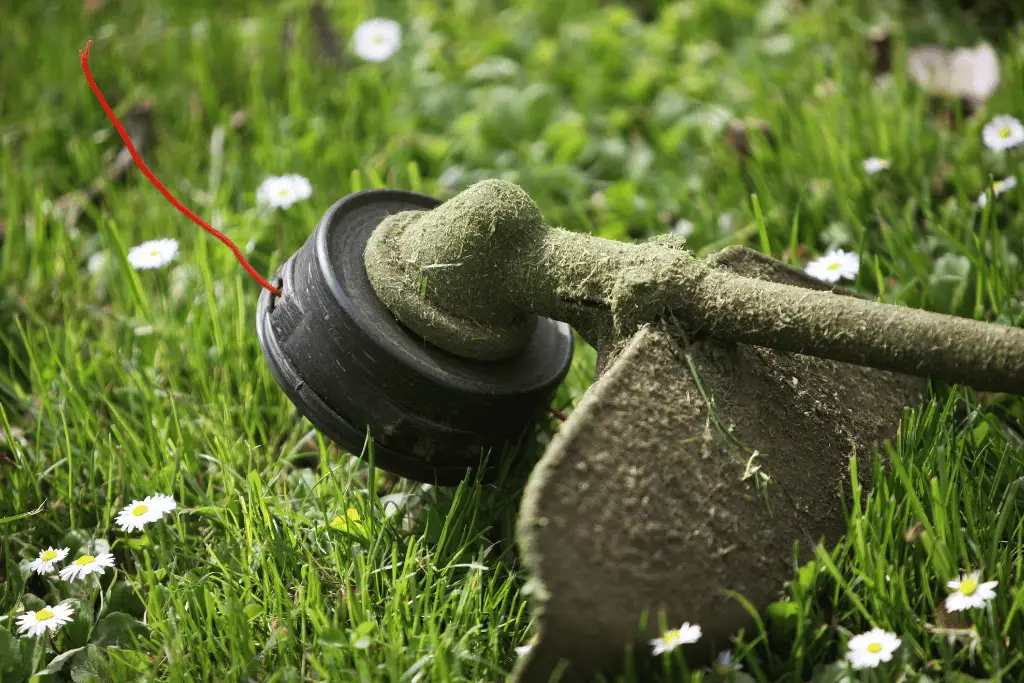
Picture this: you’ve identified the weeds, you know the factors that make your pastures attractive to them, but here’s the real game-changer – timing. Timing isn’t just a detail; it’s the secret sauce in the recipe for successful weed control in your pastures.
Think of weed spraying as a precision operation. Just as a surgeon times their incision for maximum impact, pasture managers must time their herbicide applications for optimal effectiveness. Here’s why timing is more than a scheduling concern:
- Weed Growth Stages: Weeds, like any other living thing, go through phases. From germination to flowering, each stage demands a different approach. Timing your spraying to coincide with vulnerable growth stages can make the difference between a thriving pasture and one overrun by weeds.
- Competition with Desirable Plants: Your desirable pasture plants are in constant competition with weeds for resources. By strategically spraying when your chosen plants are in a growth phase, you give them a competitive edge, helping them outpace the weedy intruders.
- Preventing Seed Production: Weeds are notorious seed producers. Timing your spraying to prevent seed formation not only curtails the current weed population but also disrupts their future generations. It’s like putting a stopper on the weed reproduction conveyor belt.
Timing isn’t a one-size-fits-all affair. It’s about understanding the growth patterns of the specific weeds in your pasture, the seasonal nuances, and the life cycles of your desirable plants. In the following sections, we’ll unravel the seasonal considerations, exploring the sweet spots for effective weed control throughout the year. So, buckle up; we’re about to embark on a journey through the seasons, armed with the knowledge of when to strike for the best results.
Seasonal Considerations:
Now that we’ve grasped the significance of timing, let’s dive into the dynamic rhythm of the seasons and how they orchestrate the ballet of weed control in pastures. Each season brings its own set of challenges and opportunities, shaping the canvas upon which our pasture management strategies unfold.
Spring Symphony:
As the world awakens from winter slumber, so do the weeds. Spring is a critical juncture for pasture managers. The soil is warming up, and weed seeds are stirring. Timing your herbicide application during this season is like catching the weeds just as they’re stretching their limbs. It’s a preemptive strike that sets the tone for the growing season, giving your desirable plants the upper hand.
Summer Vigor:
With the sun at its zenith, both weeds and pasture plants are in full swing. This is the season of rapid growth, but it’s also the time when weeds flaunt their reproductive prowess. Precision becomes key. Spraying during early to mid-summer can target the flowering and seed-setting stage, preventing the next generation of weeds from hijacking your pasture’s vitality.
Autumn Harmonies:
As temperatures mellow, pastures may appear less vibrant, but the battle against weeds continues. Autumn is a strategic time for spraying perennial weeds. As they translocate nutrients to their roots for winter, herbicides applied during this period can make their way to the root system, delivering a knockout blow.
Winter Rest:
Winter may seem like a time of dormancy, but it’s when certain weed species, like winter annuals, quietly establish themselves. While spraying might not be the focus during this season, vigilant pasture managers can use winter to plan and strategize for the upcoming growing season.
Weather Conditions for Optimal Weed Spraying:

Alright, buckle up, because just like planning a picnic, the success of weed spraying often hinges on the weather. It’s not just about choosing a day that looks good on your calendar; it’s about understanding the meteorological mood and aligning it with your pasture management goals.
Sunshine and Rainbows:
Sunlight is the engine that powers photosynthesis, the lifeblood of plants. So, a sunny day might seem like the ideal spraying opportunity. However, here’s the catch – too much sun, especially in scorching conditions, can cause herbicides to evaporate before they do their job. Aim for a Goldilocks scenario: not too hot, not too cold.
Raindance Dilemma:
Rain is a double-edged sword. On one hand, it helps herbicides stick to the weed leaves. On the other, too much rain can wash away your carefully applied concoction. Timing is key here. You want the leaves to be dry when you spray, but enough time for the herbicide to be absorbed before the next downpour.
Wind Whispers:
Wind can be both a friend and a foe. A gentle breeze helps in dispersing the herbicide across the target area. However, if the wind is too strong, it can carry your herbicide where you didn’t intend, affecting non-target plants or neighboring fields. Always check the wind speed and direction before hitting the spray button.
Temperature Tango:
Temperature plays a vital role in how plants and weeds absorb herbicides. Most herbicides work best when the mercury is not too low or too high. Ideally, aim for a moderate temperature range to ensure optimal absorption and effectiveness.
Consider the weather as the conductor of your spraying symphony. A well-timed, well-coordinated effort can make all the difference in achieving the desired results. In the upcoming sections, we’ll explore how these weather considerations intertwine with specific herbicide choices and application techniques, turning your pasture into a stage for successful weed management. So, let’s decode the weather conditions and ensure your weed control performance gets a standing ovation from your pasture.
Selecting the Right Herbicide:

Now that we’ve got a handle on the rhythm of the seasons and the melody of weather conditions, let’s talk about the star of the show — the herbicide. Think of it as the main actor in your weed control drama, delivering a performance that can make or break the entire production.
Understanding the Cast:
Just like a savvy casting director selects actors with the right skills for a role, you need to pick a herbicide that suits the weeds you’re dealing with. Different herbicides target specific types of weeds, so knowing your weed cast is crucial. Is it a broadleaf weed? A grassy invader? Tailor your herbicide choice to the leading characters in your weed ensemble.
Mode of Action Magic:
Herbicides don’t eradicate weeds with a wave of a magic wand; they work through specific modes of action. Some disrupt weed cell membranes, while others interfere with their growth hormones. Understanding the mode of action helps you predict how fast and effectively the herbicide will work.
Persistence and Residual Charm:
Herbicides have different lifespans in the environment. Some provide a quick knockout punch but fade away fast, while others linger, offering residual control. Consider the longevity you need based on the weed species and your pasture management goals.
Adapting to the Ensemble:
Your pasture isn’t a one-act play; it’s a dynamic performance that evolves over time. Similarly, your herbicide strategy may need adjustments. Rotate herbicides to prevent weed resistance, and be flexible in your approach, adapting to changes in weed populations and environmental conditions.
Choosing the right herbicide is like selecting the perfect script for your play — it sets the stage for success. In the upcoming section, we’ll explore the tools of the trade, discussing the equipment and techniques that turn your herbicide application into a well-choreographed dance, ensuring the spotlight stays on effective weed control. So, let’s dive into the world of herbicides, where the right choice can turn your pasture into a thriving, weed-free masterpiece.
Equipment and Application Techniques:

Imagine you have the perfect script, the best actors (herbicides), and now it’s time to direct the show. This is where the equipment and application techniques step into the limelight. Just as a director needs the right cameras and angles for a movie, you need the appropriate tools and strategies to ensure your herbicides hit their marks effectively.
The Right Tools for the Job:
Spraying weeds isn’t a one-size-fits-all affair. Different situations call for different equipment. For large, open pastures, you might opt for a tractor-mounted sprayer, while handheld or backpack sprayers work better for smaller, hard-to-reach areas. The goal is uniform coverage without wasting precious herbicide.
Nozzle Know-How:
Ever tried watering your garden with a leaky hose? It’s a similar story with herbicide application. Nozzles play a crucial role in determining droplet size and spray pattern. The right nozzle ensures that the herbicide is delivered where it’s needed – on the weeds, not drifting away with the wind.
Timing and Technique Tango:
Just like a dancer needs impeccable timing, so does your herbicide application. Aim to spray when the weather conditions align, with a focus on a calm day to minimize drift. Additionally, consider the growth stage of the weeds. Some herbicides are more effective when applied to young, actively growing weeds, while others work better on mature plants.
Calibrating for Success:
Think of calibration as tuning your instruments before a concert. Calibrating your sprayer ensures that you’re applying the right amount of herbicide per acre. This precision is crucial for both efficacy and cost-effectiveness.
Remember, it’s not just about spraying; it’s about spraying smart. In the final section, we’ll explore strategies to prevent weed resistance and integrate your weed management efforts seamlessly into the overall health of your pasture. So, let’s roll cameras on the equipment and techniques that turn your weed control operation into an award-winning performance.
Preventing Weed Resistance:
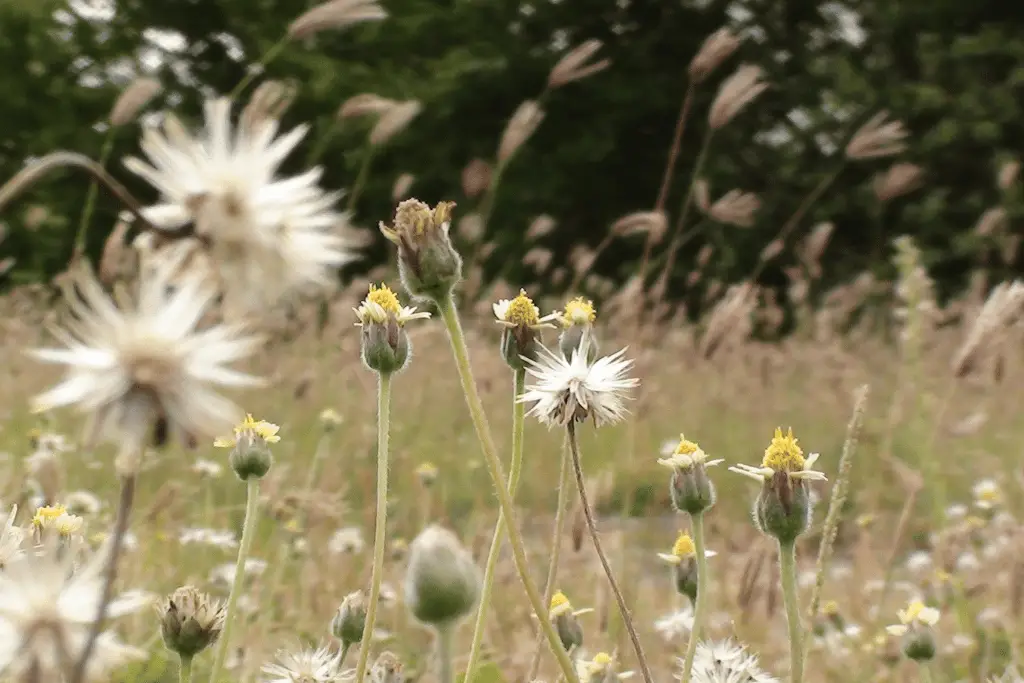
Now that we’ve covered the main acts of our weed control drama, it’s time to address a potential villain that could threaten the success of your carefully orchestrated performance – weed resistance. Think of it as a persistent adversary, one that evolves over time and becomes immune to the once-potent herbicides you wield.
The Resistance Conundrum:
Weeds are savvy adversaries. Overexposure to the same herbicide can lead to resistance, rendering your go-to weapon ineffective. It’s like the weed saying, “I’ve seen this trick before,” and shrugging it off. To keep your herbicides potent, we need to outsmart the weeds.
Rotate and Diversify:
The key to staying ahead in the weed resistance game is variety. Just as a diverse diet is healthier for us, rotating herbicides and using different modes of action can prevent weeds from adapting. It’s a strategy that keeps the weeds guessing and ensures that no single herbicide becomes the weak link.
Integrated Weed Management (IWM):
Think of IWM as the grand strategy that ties all the elements of your weed control performance together. It’s not just about herbicides; it’s about leveraging a mix of cultural, mechanical, and biological methods. Grazing management, mowing, and introducing natural predators to the weed cast all play a part in this holistic approach.
Monitor and Adjust:
The battle against resistance is ongoing. Regularly monitor your pasture for signs of resistance, such as an increasing number of surviving weeds. If you spot resistance, adjust your strategy promptly. This might mean changing herbicides, adjusting application rates, or incorporating additional control methods.
Weed resistance is like a plot twist that no one saw coming. By staying vigilant, diversifying your approach, and embracing integrated weed management, you can ensure that your pasture remains a stage where weeds struggle to steal the spotlight. In our concluding section, we’ll recap the key points and emphasize the importance of this collective effort in achieving a thriving, weed-free pasture. So, let’s navigate the plot twists of weed resistance and ensure that your pasture management story ends on a high note.
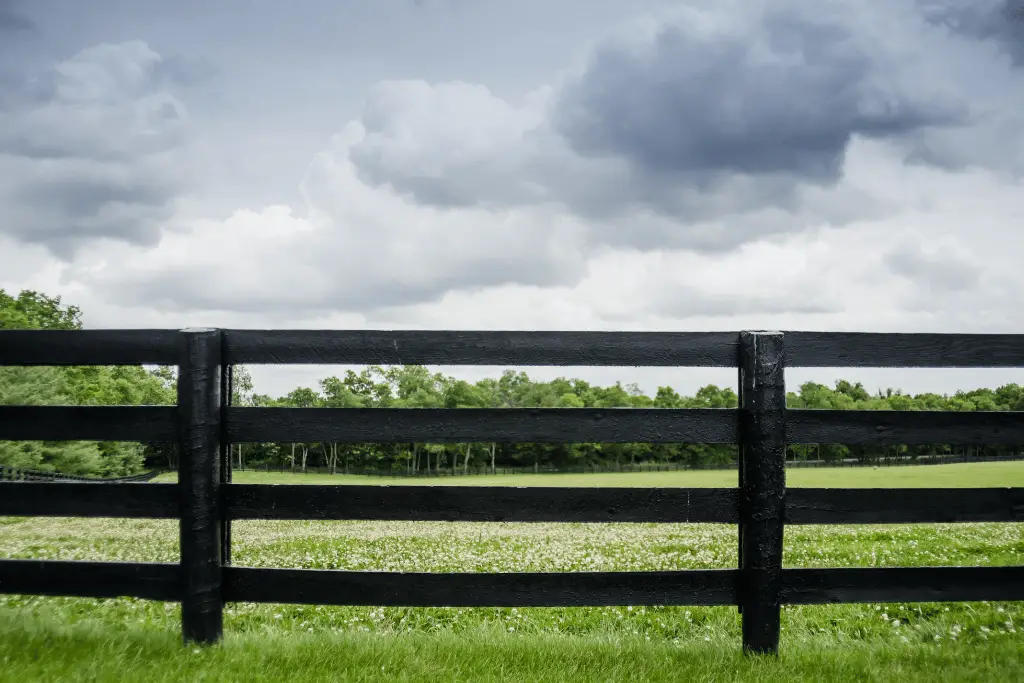
Conclusion:
As we draw the curtain on our exploration of when, where, and how to spray pastures for weeds, it’s clear that effective weed control is not just a task; it’s a nuanced art that requires a symphony of efforts. From understanding the growth cycles of various weeds to navigating the seasonal choreography, and from selecting the right herbicides to orchestrating their application with precision – every step contributes to the success of your pasture management performance.
Timing, as we’ve discovered, is the unsung hero of this tale. It’s the secret ingredient that transforms a routine task into a strategic maneuver. Whether it’s the tender embrace of spring, the vigor of summer, the harmonies of autumn, or the seemingly dormant winter, each season demands its own carefully timed dance with weed control.
The weather conditions, playing the role of the conductor, dictate the harmony of your spraying symphony. Too much sun, too little rain, or a gusty wind can throw your performance off-key. Understanding and working with these elements ensure that your herbicides hit the right notes.
Choosing the right herbicide is akin to casting the perfect actor for a role. Knowing your weeds, understanding the modes of action, and adapting your strategy to the evolving cast of characters ensure a compelling and successful performance.
The equipment and application techniques act as the directors, turning your pasture into a stage where the herbicides shine. Calibration, proper nozzle selection, and keen timing transform a routine task into an art form.
Yet, as any good story goes, there’s always a challenge to overcome. In our tale, it’s the antagonist of weed resistance. But fear not – with a strategic mix of rotation, diversification, and integrated weed management, we can ensure that our herbicides remain potent and effective.
In the grand finale, the success of your weed control performance isn’t just about a single act; it’s the culmination of a well-coordinated, holistic effort. It’s about turning your pasture into a thriving, resilient landscape where desirable plants take center stage, and weeds are relegated to the sidelines.
So, as you step into the next chapter of your pasture management journey, armed with knowledge and a strategic approach, may your fields be green, your livestock content, and your weed control efforts an ongoing success story. Happy pasturing!






